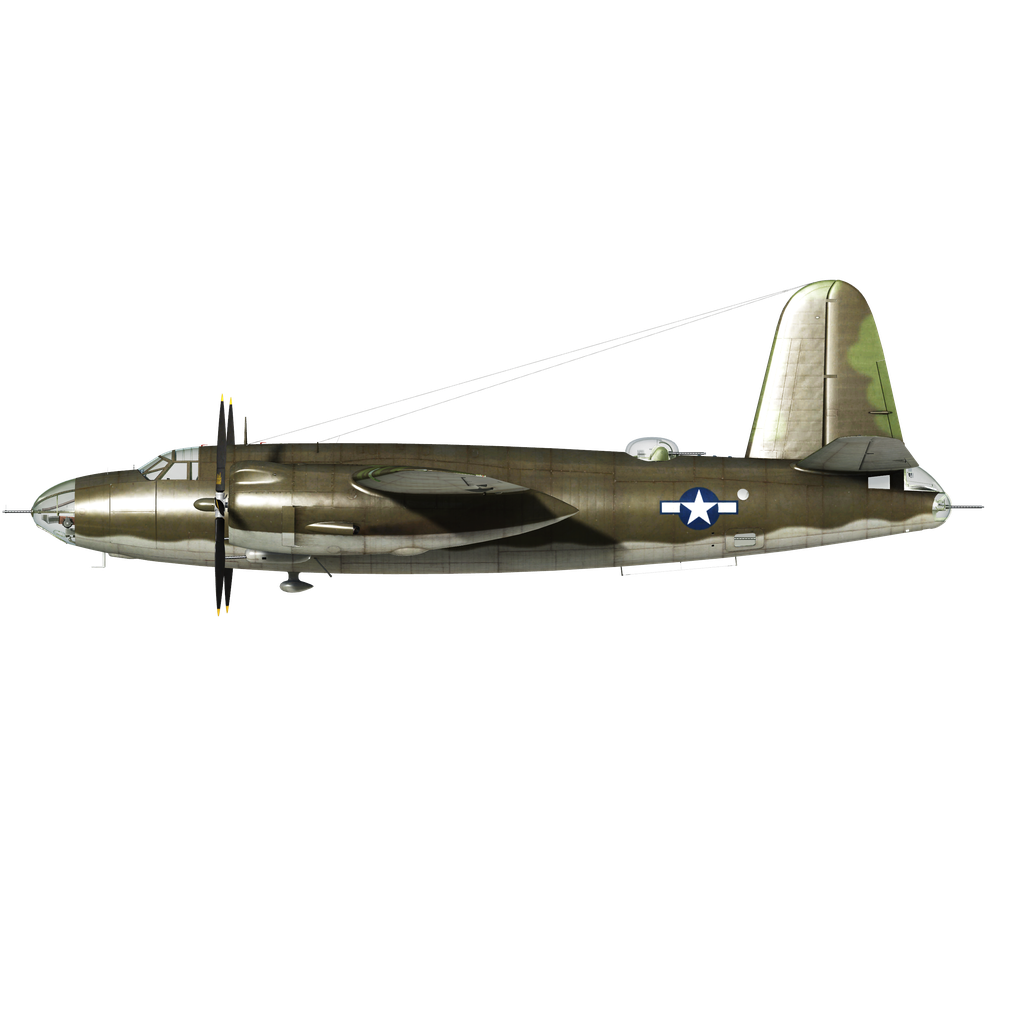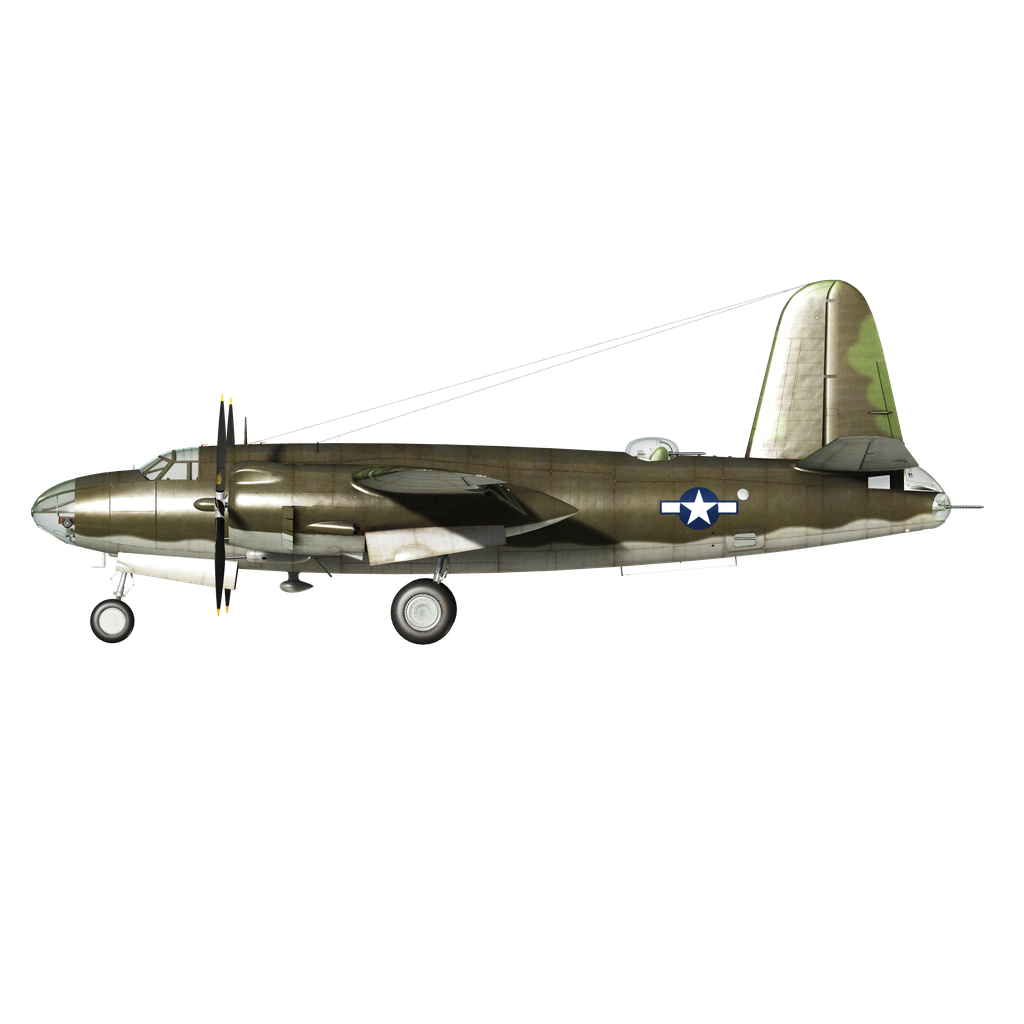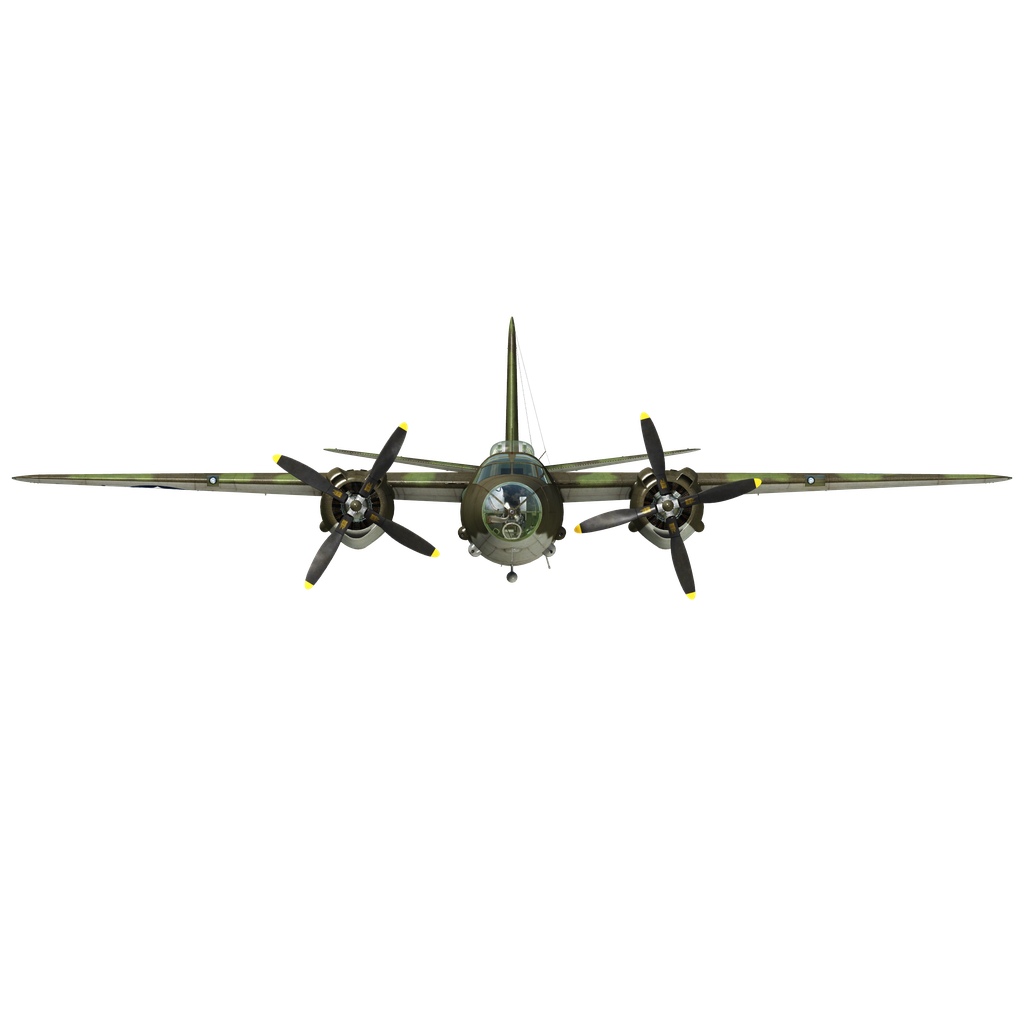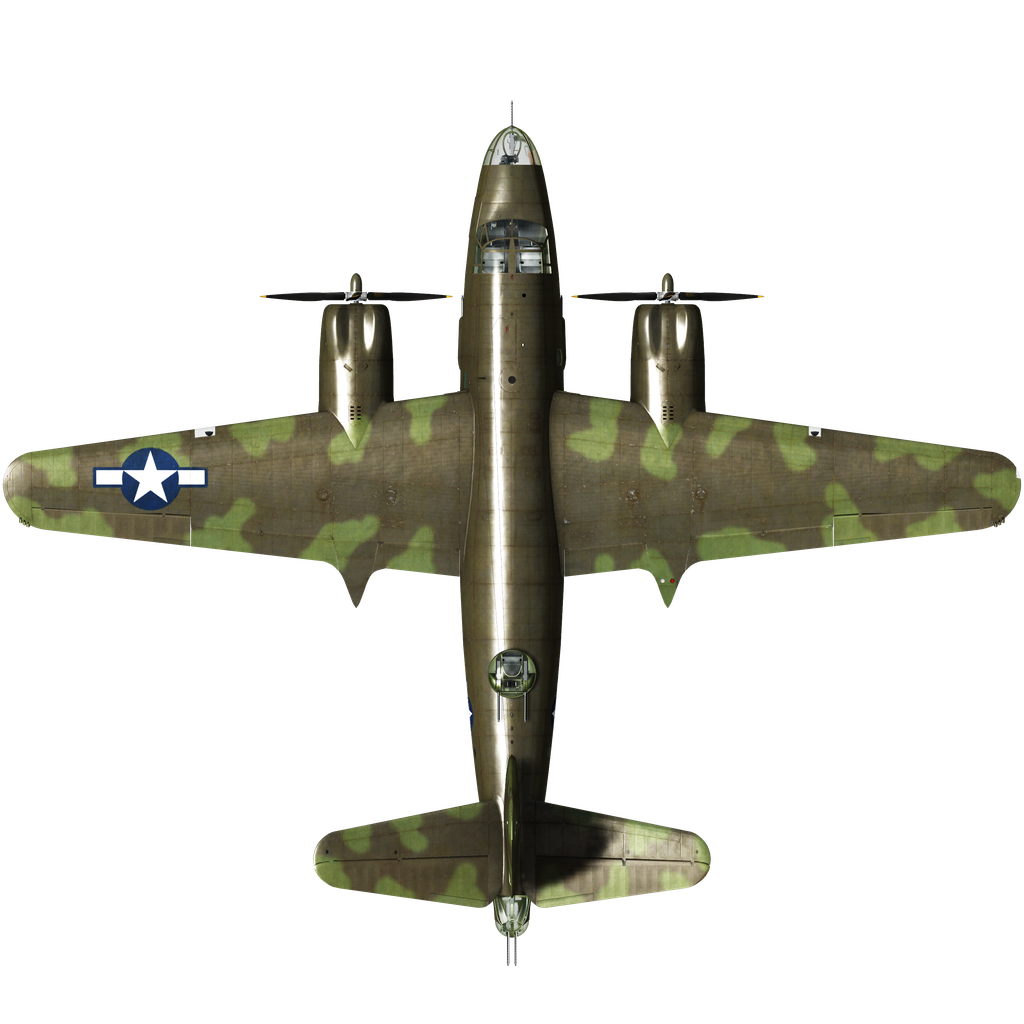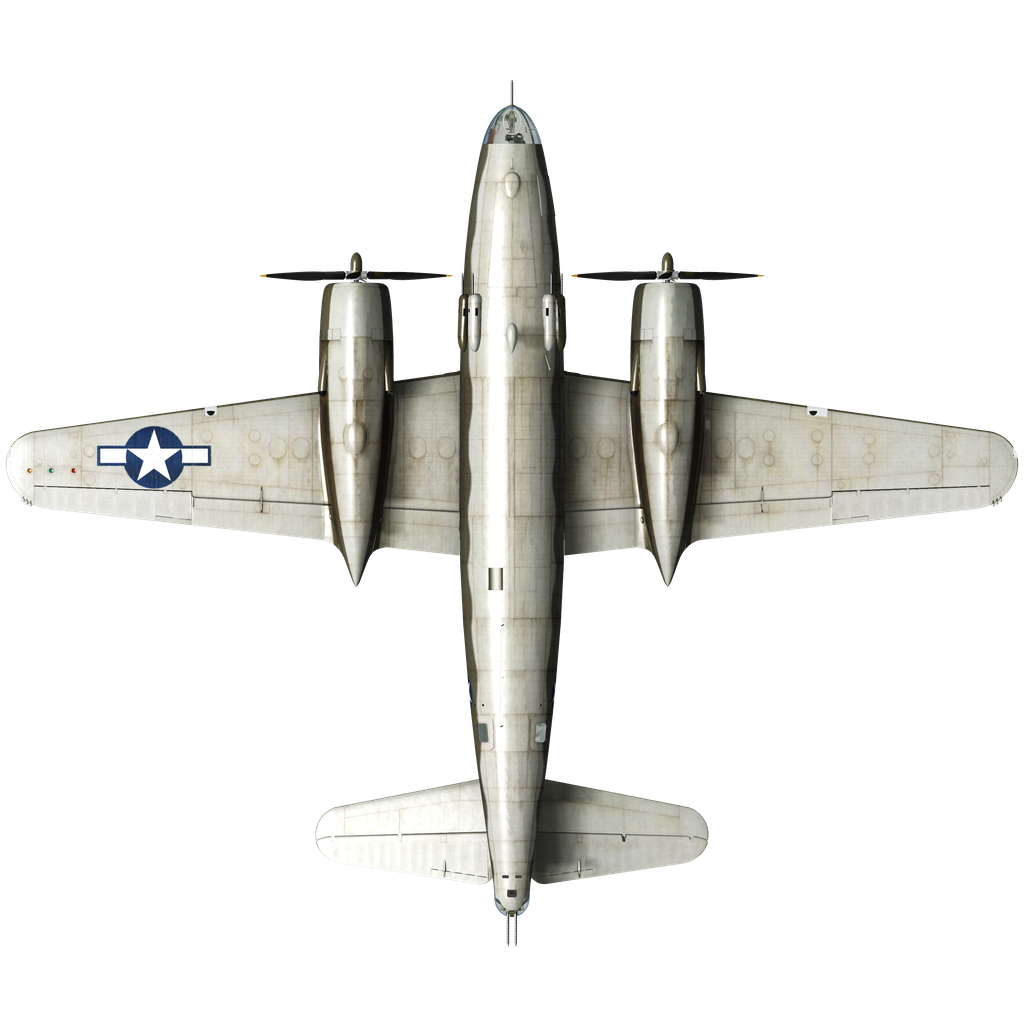The B-26 "Marauder" medium bomber, the winner of a medium bomber design competition, was commissioned before the prototype, so the first production aircraft was also a prototype. Production was constantly slowed down because the necessary design changes had to be introduced literally "in the process." In addition, the aircraft was difficult to master for both technical and flying personnel — its mastery was accompanied by constant accidents. As a result, the plane earned unflattering nicknames such as "Man Killer," "Widow Factory," and "Baltimore Whore." General H.H. Arnold, commander of the U.S. Army Air Forces, wrote of the B-26: "... a very complex, even overly complex, airplane with an enormous amount of electrical equipment." There were even suggestions that the plane be taken out of production. The first production B-26Bs were built in 1940. In 1943 production of the B-26B-55, the last production version of the B-26B, began and ended in February 1944.
The B-26B-55 was an all-metal, twin-engine monoplane with retractable tricycle landing gear. The bombsight was located in the nose cone (some of the aircraft of this modification were equipped with the excellent Norden M-7 bomb sight). The pilots sat side by side in armored seats behind the front armored bulkhead. Four fixed machine guns, 200 rounds each for the lower pair and 250 rounds each for the upper pair, were mounted in two projections on each side of the fuselage behind the pilots. The pilots operated these machine guns. Behind the pilots' seats was a compartment for the navigator and radio operator and a bomb bay. Behind the bomb bay was a dorsal twin machine gun turret with electric drive and 400 rounds of ammunition per gun. A pair of manually operated pintle-mounted machine guns with 250 rounds of ammunition each, located in the tail section, were operated by the plane’s fuselage gunner. The tail gunner's armored mechanized (hydraulically operated) installation also had two machine guns with 800 rounds of ammunition per gun.
A total of 200 B-26B-55s were built.
In Europe, the B-26B was introduced in November 1942. The first results of the raids against the targets in France were so disappointing that the question of taking the Marauders out of production was even raised again. The bombers, flying without fighter cover and from low altitudes, suffered heavy losses. Nevertheless, they played a crucial role in the preparations for the Normandy landings: by May 1944, there were now 10 bombardment groups of B-26s in England, concentrating their efforts in the area of the future amphibious landings. Bridges, railroads, airfields, and coastal batteries were targeted. After the Normandy landings, as the Allied armies advanced across France, the Marauders moved to airfields on the European continent.
1. "American Warplanes of World War II" by David Donald, 1995.
2. С. Kolov "B-26 "Marauder" on military service" Journal "Wings of the Motherland".№1 2001 г
3. Materials of the site airwar.ru

